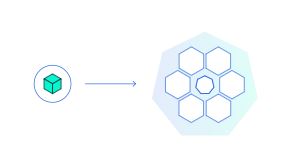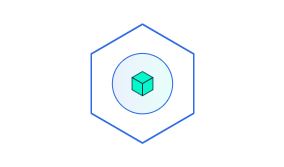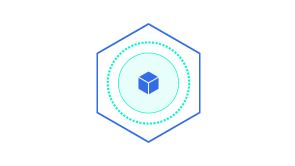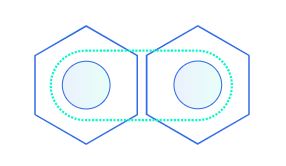The first thing many people see when watching a conductor orchestrate is the dramatic motions of the arms in front of well-trained musicians. Some would even say that a conductor is the product of mixing a music teacher with a bird. However, a conductor is so much more. The conductor is the person in the room overseeing the artistic direction, sound, speed, and movements of the individual instruments to deliver a solid orchestra performance. An orchestra may have up to 100 different musicians playing instruments and, without a conductor, there would be total chaos.

Conductors, such as the Carlos Kleibers, of the world, get unanimity and commitment from the musicians to serve their creation and play as one entity. The end result is a precise live performance.
Introducing the Maestro of Orchestration: Kates
Kates and K8s are additional names for Kubernetes, which is an open-source orchestrator of cloud-native microservice applications. This orchestration platform is used for automating deployment, scaling, and management of containerized applications. Kubernetes takes on the role of the conductor. It brings together independent microservices and organizes them into a container to create an application. It helps you orchestrate and manage your container infrastructure on-premises, iin a public or private cloud, or in a hybrid environment.
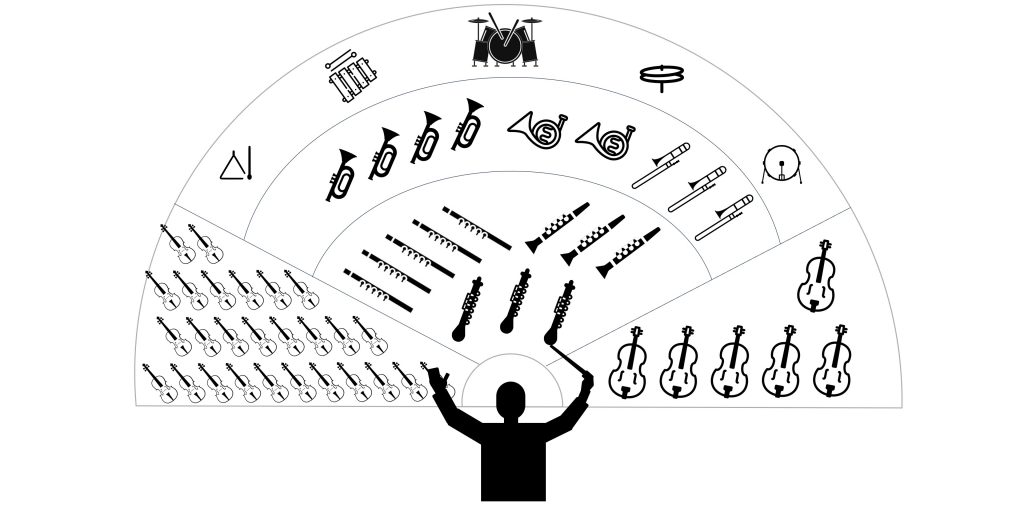
As a conductor, Kubernetes is the maestro of container management and orchestration. Kubernetes promotes consistency between containers by providing a way to schedule and deploy containers, scaling them to desired state, and managing life cycles.

Kubernetes is a tool that orchestrates the infrastructure as workload changes. It groups containers that make up an application into logical units for easy management and observability. It scales containers across multiple machines and knows when to replace any containers that fail. Kubernetes provides the foundation for building development platforms but also keeps user choice and flexibility. Kubernetes is the magic that makes it all work. Plus, its services, support, and tools are widely available. The end result is the smooth performance of an application.
Advantages/Benefits of Kubernetes
Many companies have begun to use Kubernetes for their container orchestration needs. This is due to the containerization and orchestration advantages that Kubernetes provides.
Flexibility and Portability
Kubernetes can work with any type of container runtime and in any underlying infrastructure. It is highly portable because it can be used on a variety of different infrastructures and environment configurations. As a result, your company can decide whether to deploy on a private or public cloud, on-premise, or take a hybrid approach.
Optimization of IT costs
Kubernetes helps companies save on their ecosystem management, ensuring scalability across multiple environments. Kubernetes has self-healing features and avoids extreme downtime. This allows companies to reduce costs associated with the operations of the infrastructure.
Multi-Cloud Capability
Kubernetes can easily scale its environment from one cloud to another, based on the needs of your organization. Kubernetes can host workloads running on both single clouds as well as across multiple clouds. Thanks to Kubernetes, you can operate applications in any public, private, or hybrid environment.
Reduced application development and release time frames
Kubernetes simplifies the development, release, and deployment processes by rendering basic container functionality without restrictions, using controllers to simplify management of the application lifecycle, and configuring services for easy discovery, scale-out, and load balancing. Kubernetes allows your company to break an application down into “micro-services” or multiple services so that services can be tested independently of one another.
The Live Performance: ArcGIS Enterprise on Kubernetes
ArcGIS Enterprise on Kubernetes is a new deployment option supported on Windows and Linux operating systems. This is a revolutionary architecture based on microservices, with the mapping and analytics software delivered by containers, and orchestrated by Kubernetes. This capability is critical for cloud-native deployments that are using on-premise, hybrid, private, or public cloud resources.
ArcGIS Enterprise on Kubernetes deployment option separates IT administration and maintenance from GIS administration. ArcGIS Enterprise on Kubernetes uses containers to split GIS processes into microservices, each of which performs a discrete, focused function. Each microservice runs in a container that packages everything necessary to run an application. One or more containers is housed in a pod that includes storage resources, a network identity, and a set of rules for how the container is to be run. The Kubernetes cluster orchestrates and manages the ArcGIS Enterprise on Kubernetes containers.
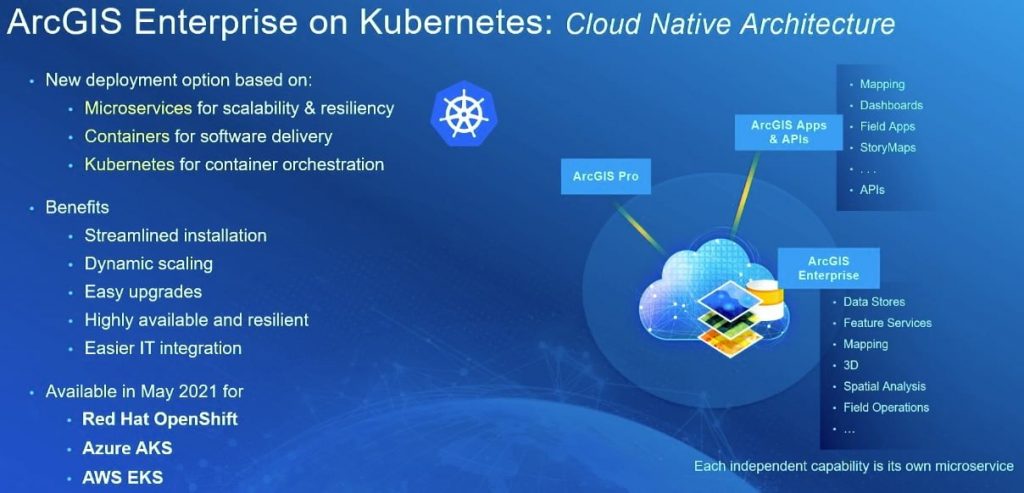
What’s Next?
Now, it’s your turn to test the tools of Kubernetes and see if this maestro is right for your organization. Geo Jobe is here to help you deploy Kubernetes safely and reliably for your organization on any of the public cloud providers, including AWS, Azure, and Google. We offer self-managed and managed service cloud deployment! Reach out to our team today via e-mail for a free-hour consultation!

